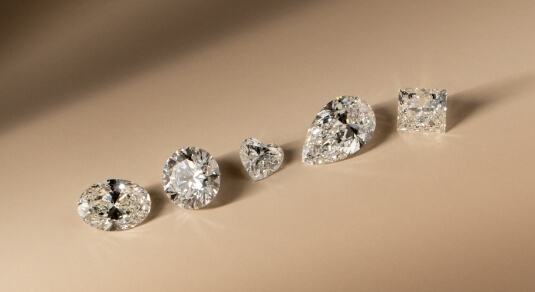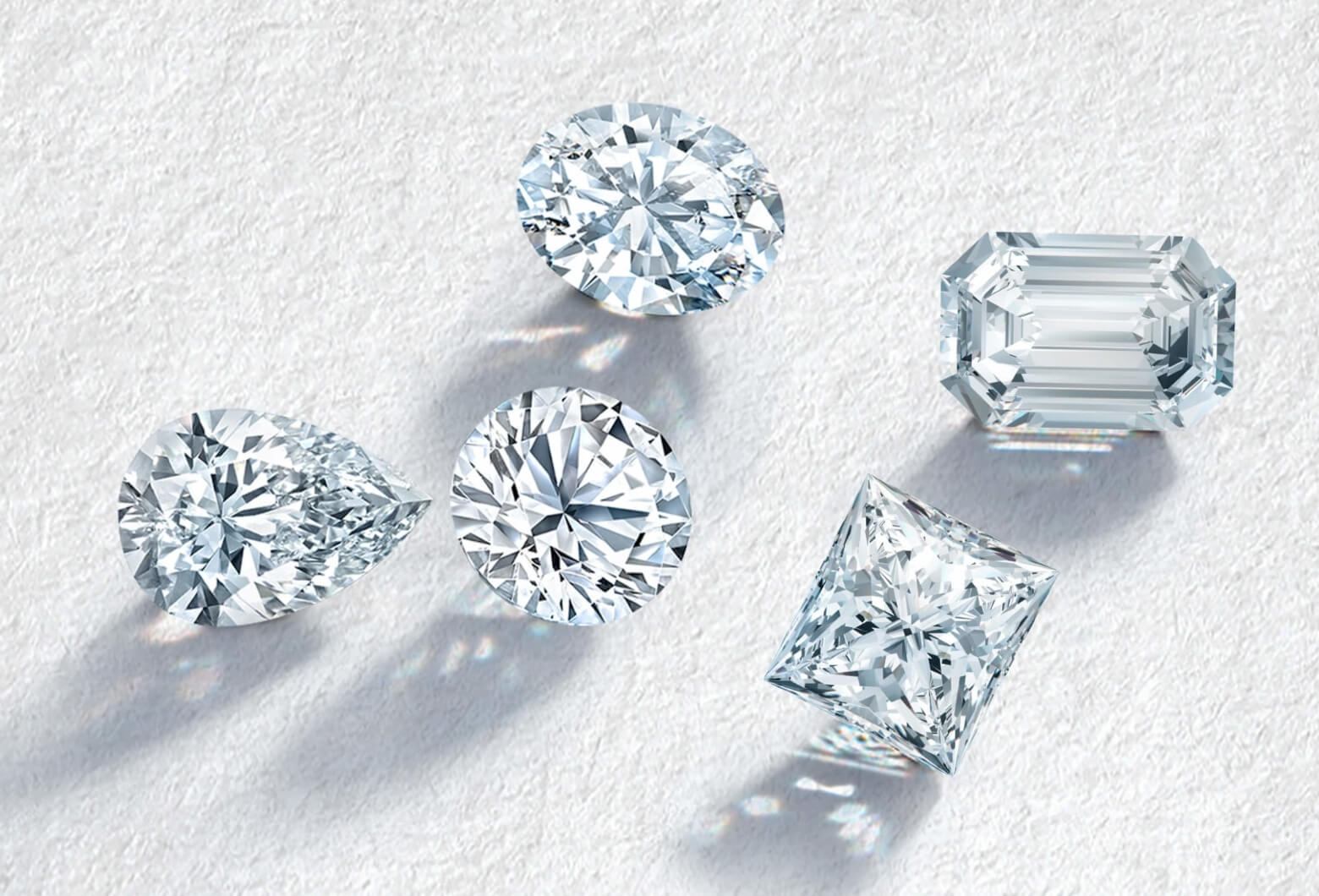Introduction
In recent years, lab-grown diamonds have taken the jewelry world by storm, offering a sustainable and ethical alternative to mined diamonds. As the demand for eco-friendly and conflict-free jewelry grows, more people are considering lab-grown options for their engagement rings and other fine jewelry pieces. When it comes to setting these diamonds, two popular choices are platinum and gold. Let’s dive into the debate of platinum vs gold lab-grown diamond rings to help you make an informed decision.
Platinum Rings
Benefits of Platinum Rings
Platinum is a precious metal cherished for its rarity, purity, and durability. When it comes to engagement rings, platinum offers several advantages over other metals. Firstly, platinum is naturally white, unlike white gold, which requires rhodium plating to achieve its color. This means platinum rings maintain their luster without the need for frequent re-plating. Additionally, platinum is hypoallergenic, making it an excellent choice for those with sensitive skin.
Durability and Hypoallergenic Properties of Platinum
One of the most significant benefits of platinum rings is their exceptional durability. Platinum is renowned for its strength and resilience, making it ideal for everyday wear. Unlike gold, platinum vs gold lab grown diamond rings, which can scratch and wear down over time, platinum maintains its shape and appearance for generations. Furthermore, platinum’s hypoallergenic properties ensure that it is suitable for even the most sensitive skin types, reducing the risk of irritation or allergic reactions.
Gold Rings
Appeal of Gold Rings
Gold has been prized for its beauty and value for centuries, making it a classic choice for engagement rings. Gold rings exude warmth and luxury, and they come in a variety of hues to suit different preferences. Whether you prefer the rich yellow of traditional gold, the soft blush of rose gold, or the cool elegance of white gold, there’s a gold ring to match your style.
Various Gold Types and Their Characteristics
Gold is available in several different karats, each with its own unique properties. 24-karat gold is the purest form, but it is also the softest and most prone to scratching. On the other hand, 18-karat gold is more durable and suitable for everyday wear. When it comes to color, gold alloys are mixed with other metals to create different shades. For example, rose gold contains a higher proportion of copper, giving it its distinctive pink hue.
Lab-Grown Diamonds
Advantages of Lab-Grown Diamonds
Lab-grown diamonds offer several advantages over their mined counterparts. Firstly, they are ethically and sustainably sourced, eliminating the environmental and social concerns associated with traditional diamond mining. Additionally, lab-grown diamonds are typically more affordable than natural diamonds, making them accessible to a wider range of consumers. Furthermore, lab-grown diamonds are virtually indistinguishable from natural diamonds, offering the same brilliance, sparkle, and hardness.
Environmentally Friendly Production Process
One of the key benefits of lab-grown diamonds is their eco-friendly production process. Unlike traditional diamond mining, which often involves harmful environmental practices such as deforestation and water pollution, lab-grown diamonds are created in controlled laboratory settings using minimal resources. This reduces their carbon footprint and mitigates the negative impact on the environment.
Comparison
Cost-Effectiveness
When comparing platinum and gold lab-grown diamond rings, cost is a significant factor to consider. While platinum is generally more expensive than gold, lab-grown diamonds offer a more affordable alternative to natural diamonds. This means you can achieve the same stunning look and quality without breaking the bank. Ultimately, choosing a lab-grown diamond allows you to get more bang for your buck, whether you opt for platinum or gold setting.
Ethical Considerations
Ethical considerations also play a crucial role in the decision-making process. Both platinum and gold are precious metals that are mined from the earth, often under questionable labor practices and environmental standards. However, lab-grown diamonds offer a more ethical alternative, as they are produced in controlled laboratory environments without the ethical concerns associated with traditional diamond mining.
Aesthetics and Durability
When it comes to aesthetics and durability, both platinum and gold have their strengths. Platinum is prized for its timeless elegance and exceptional durability, making it a popular choice for engagement rings. Gold, on the other hand, offers warmth and versatility, lab made diamonds, with a range of colors to suit different preferences. Ultimately, the choice between platinum and gold comes down to personal preference and lifestyle factors.
Conclusion
In conclusion, when choosing between platinum and gold lab-grown diamond rings, there are several factors to consider. Platinum offers unmatched durability and hypoallergenic properties, making it an excellent choice for those seeking a long-lasting and low-maintenance ring. Gold, on the other hand, exudes warmth and luxury, with a variety of colors to suit different styles. Ultimately, the decision comes down to personal preference, budget, and ethical considerations.




